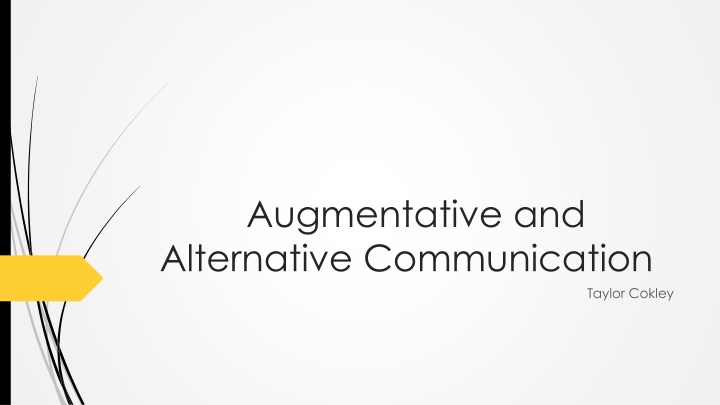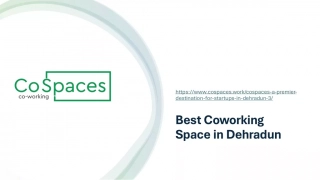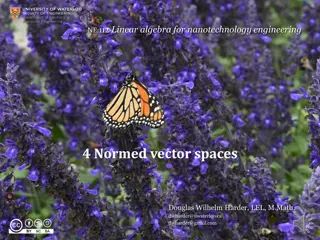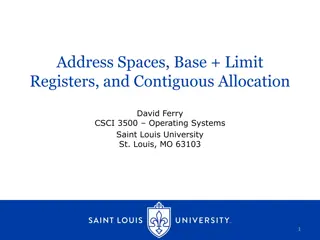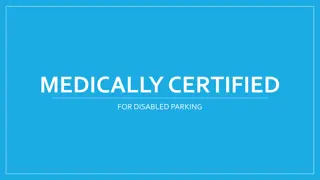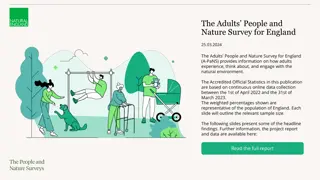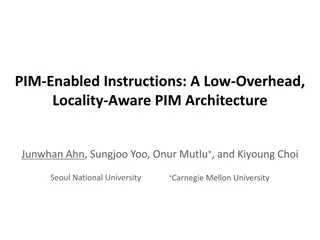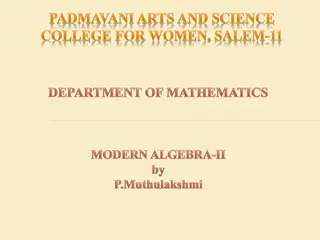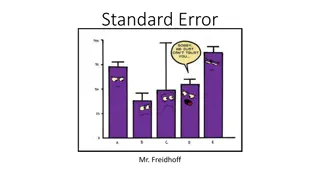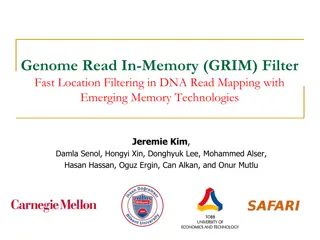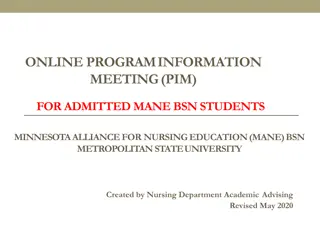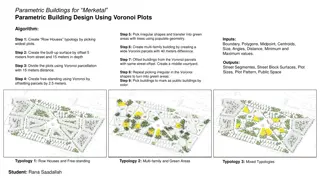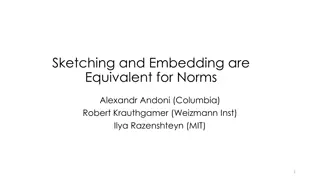Personal Information Management: Overlapping PIM Spaces
When personal information management (PIM) spaces overlap, complexities arise in managing identities, tools, and cognitive efforts. Explore discussions on evolving PIM practices, evaluating strategies, and addressing challenges in this informative overview of PIM in 2009.
Download Presentation

Please find below an Image/Link to download the presentation.
The content on the website is provided AS IS for your information and personal use only. It may not be sold, licensed, or shared on other websites without obtaining consent from the author.If you encounter any issues during the download, it is possible that the publisher has removed the file from their server.
You are allowed to download the files provided on this website for personal or commercial use, subject to the condition that they are used lawfully. All files are the property of their respective owners.
The content on the website is provided AS IS for your information and personal use only. It may not be sold, licensed, or shared on other websites without obtaining consent from the author.
E N D
Presentation Transcript
Augmentative and Alternative Communication Taylor Cokley
Definitions Assistive Technology: any item, piece of equipment or product system, whether acquired commercially off the shelf, modified or customized, that is used to increase, maintain, or improve the functional capabilities of children with disabilities (Missouri State Plan) Augmentative and Alternative Communication (AAC): Augmentative and alternative communication is the areas of clinical practice that attempts to compensate (either temporally or permanently) for the impairment and disability patterns of individuals with severe expressive communication disorders (i.e., the severely speech-language and writing impaired) (ASHA). Augmentative and Alternative Communication Systems (AACS): an integrated group of components, including the symbols, aids, strategies, and techniques used by individuals to enhance communication (ASHA).
What is AAC? Adding to or enhancing communication May be a different or alternative means of communication The entire combination is defined as an AAC System
Examples of Assistive Technology Positioning: specialized seats, modifications to beds, wheel chairs Self Care: adapting a toothbrush or fork Environmental Controls: if a person can t manually lock doors they could have a system that locks them or to start coffee, turn on the radio etc. Assistive Listening: cochlear implants, H.A., FM Systems, sound field systems, personal application systems Visual Aids: glasses, enlarged print, reading machines, adaptive screen on the computer Mobility: crane, crutches, walkers Physical Education, Leisure and Play: adaptations to what the patient ejoys i.e.) person enjoys fishing there are adaptations to the pole Computer Access: Modified keyboard system, screen, mouse, alternative access (Dragon Dictator)
AAC Systems Aid individuals who cannot fully verbally communicate By allowing the child to communicate the child is able to: Develop language skills Decrease frustration Increase socialization Allow the child to control environment
Conditions That May Require an Augmentative Communication System Congenital Conditions Cerebral Palsy, Autism, Developmental Apraxia, Developmental Aphasia Acquired Disabilities Closed Head Injury, Spinal Cord Injury, Cerebral Vascular Accident, Laryngectomy, Glossectomy Progressive Neurological Disease Multiple Sclerosis, Muscular Dystrophy, ALS, Parkinson's Disease Temporary Conditions Shock/ Trauma /Surgery, intubation
Who Benefits? Individuals who have a severe speech disorder Help to develop language Individual who have diagnosis such as ALS
If you give a child an AAC device he or she will never learn to communicate verbally. "Children will use the quickest, most effective, and most accessible way available to them to communicate. Speech beats any other AAC system if it is available to the child. Since AAC includes all communication methods, intervention also addresses improving functional verbal skills. Available research indicates that AAC facilitates spoken language by increasing interaction, language skills, and/or providing a voice output model for speech." (Cynthia J, Cress PhD)
Do you have any AAC users or potential users in your class?
